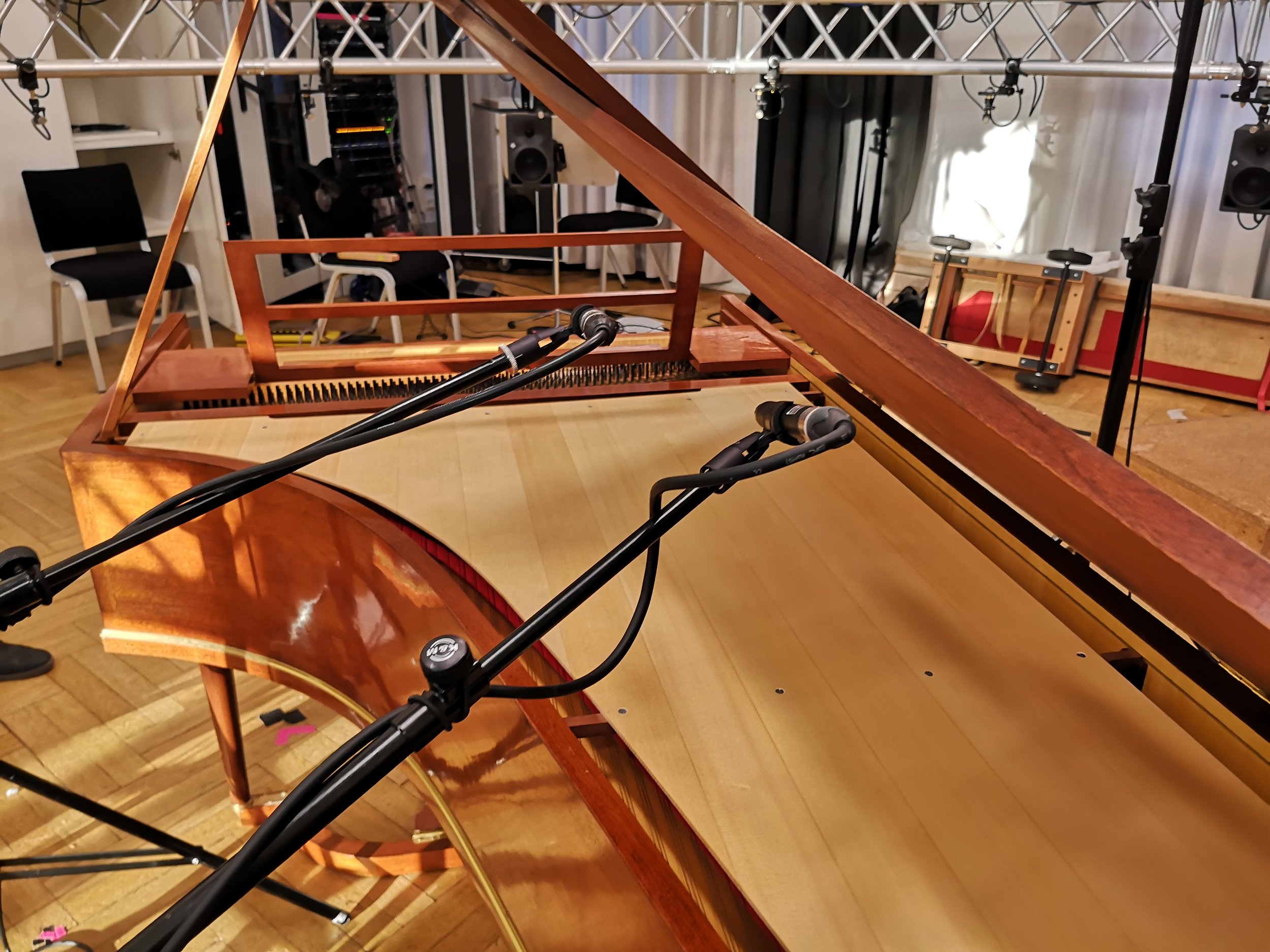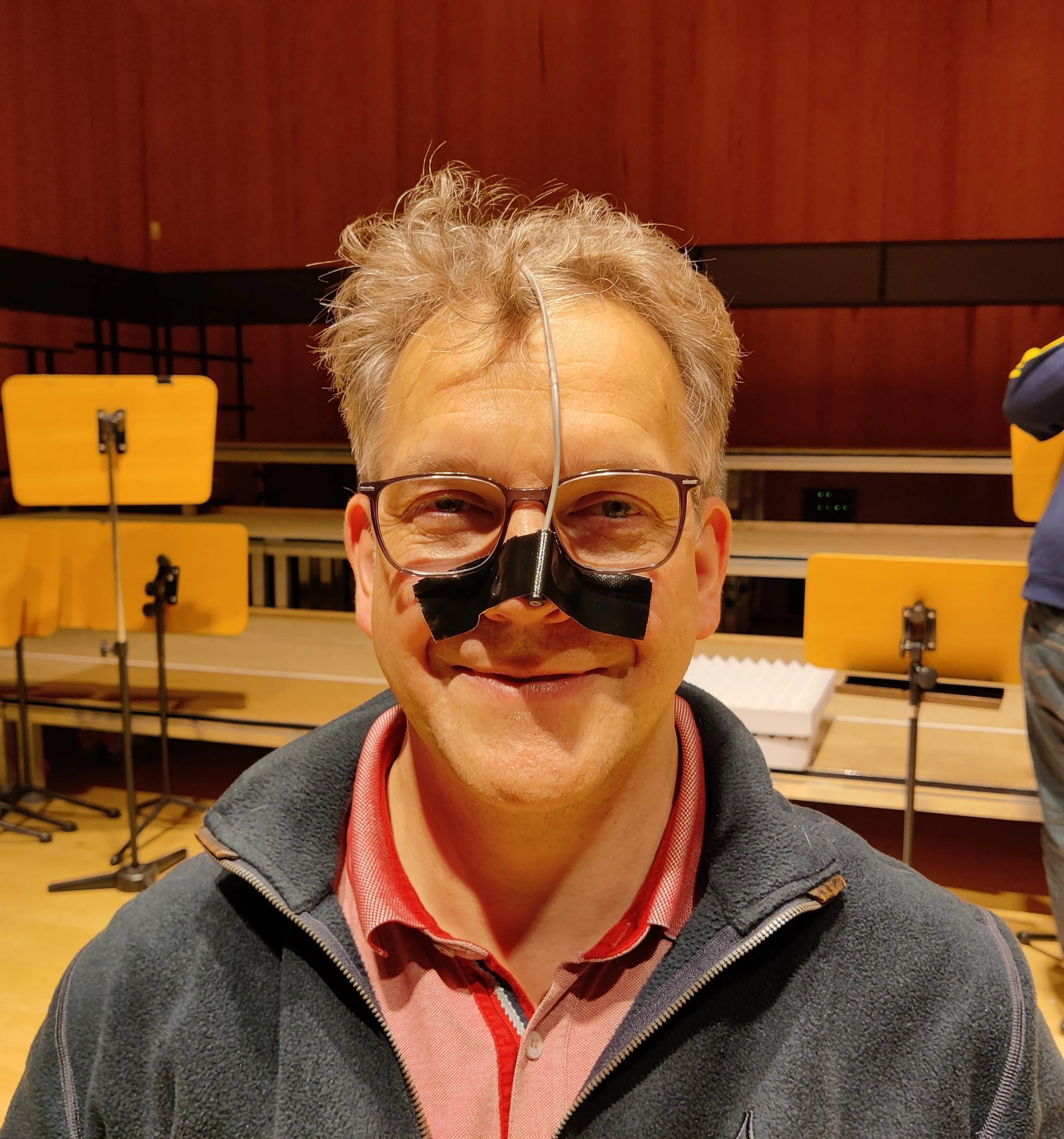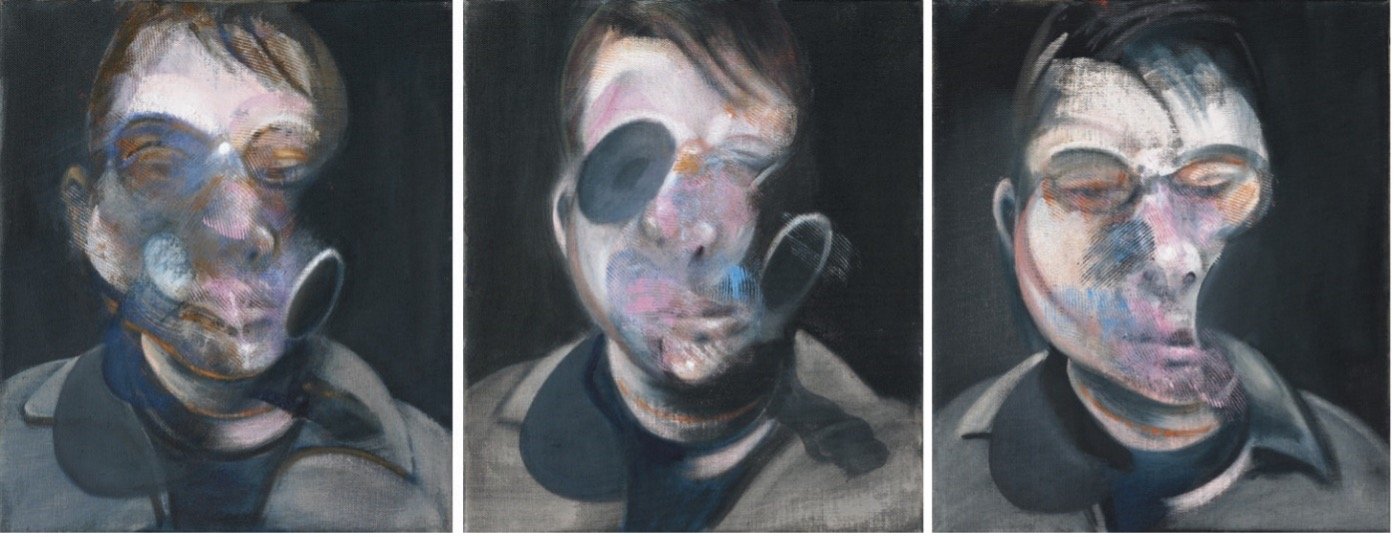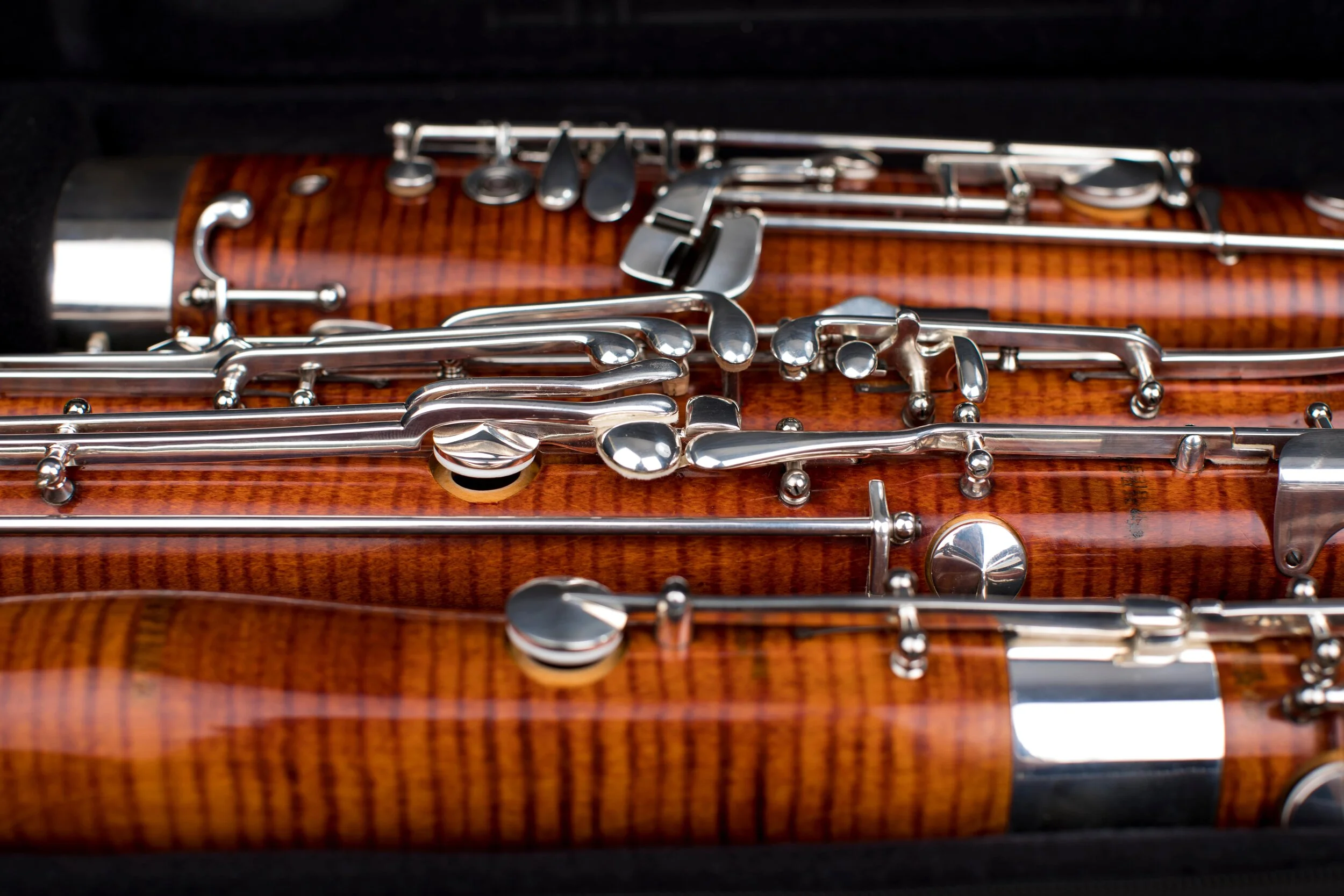
Evaluating Vocality in Orchestrated and Mixed Works
Evoking the human voice through instrumental music has been a perennial goal for composers, appearing in traditional and historical performance instructions such as cantabile and contemporary practices such as formant modeling (e.g., Jonathan Harvey, Speakings, 2008; Peter Ablinger, Deus Cantando, 2009). Performers also make extensive use of vocal metaphors in their discourse (Healy, 2018). But do general listeners perceive instrumental music in terms of vocal qualities or metaphors? Here we address this question by asking listeners to rate their perceptions of vocality in music intended to emulate it. Listeners provided real-time continuous slider data indicating how “voice-like” they perceived our repertoire excerpts to be. These excerpts included contemporary vocal mimesis techniques, traditional approaches to vocality, and control stimuli (i.e., music that is materially similar to the memetic excerpts but not explicitly intended to evoke the voice). This study provides perceptual validation for a phenomenon that has been important to musicians for centuries. Based on these findings, a new composition by Louis Goldford has been commissioned and is currently in development, incorporating the vocality features identified in our analysis. Although the composition has not yet been performed, it represents a future application of our methodology within a creative practice.

Composing with Multiphonics - ACTOR Quasar Research-Creation Project
This module documents an ACTOR research-creation project bringing together six composers with the musicians of the Quasar Saxophone Quartet for a yearlong series of meetings and workshops culminating in a concert on May 9, 2024, “Vacillations harmoniques en six tableaux / Harmonic vacillations in six pictures.” The project, organized by ACTOR members Andrés Gutiérrez Martínez and Robert Hasegawa, featured six McGill-affiliated composers (Andrés Gutiérrez Martínez, Chelsea Komschlies, Anita Pari, Lila Quillin, Jonas Regnier, Louis-Michel Tougas) with research assistance from saxophonists Tommy Davis and Kirby Leitz and the inexhaustible dedication and generosity of the members of the Quasar Saxophone Quartet: Marie-Chantal Leclair (soprano saxophone), Mathieu Leclair (alto saxophone), André Leroux (tenor saxophone), and Jean-Marc Bouchard (baritone saxophone).

Recording and mixing a French sound: The case of Beethoven’s Erard Frères piano
In the crucial decades of the development of the piano at the start of the 19th century, essential musical questions centered on sonic and performative nuances embodied in the contrast between different school of piano building in Vienna and Paris. For this ACTOR funded research project realized at the end of May 2022 at the Hochschule für Musik Detmold, two replicas of historical keyboard instruments that Beethoven employed to compose some of his major piano works are being contrasted. Replicas of an 1803 French Erard Frères piano and a ca. 1800 Viennese Walter piano were alternately played by historical performer and researcher Tom Beghin. A multitrack immersive sound recording captured the most characteristic sounds of both instruments in the close and mid-range. Simultaneously acoustical recordings and measurements were realized to analyze the origin of the sound waves in different distances. Perceptual analysis of the microphone signals in comparison with the acoustical data collected as well as materials from a pilot project served to describe in detail the timbral characteristics. The evaluation of all the recorded audio takes as well as acoustical investigations of the timbre, directivity, and the effect of the second sound board of the Erard are ongoing. Educational audio materials have been developed.

Experimentation as a Central Element in Music Composition
The composition of sound is a complex process that requires the implementation of numerous strategies and circumstances to achieve a successful outcome. Each musical work is the result of countless preliminary stages, prerequisites, and chance occurrences. The complexity of creation cannot be easily reduced, and the development of specific concepts for the direct experimentation with sound is necessary to navigate through the vast array of creative approaches found in the contemporary instrumental and electroacoustic repertoire. The gestation of a musical work is a mysterious process that surpasses our understanding. Working directly with sound allows us to follow a portion of this process, whether it begins with an idea seeking a sound to materialize or with a "found" sound emerging from an unexpected accident.

Close-Microphone Techniques for Capturing Individual Instruments in Ensemble Performances: an Acoustic and Perceptual Perspective
Accurately capturing individual sound sources when recording a multi-musician performance requires a crucial balance between obtaining “acoustically clean” signals from each instrument and preserving musicians' visual and auditory feedback from co-performers and the room acoustic environment. This balance is crucial for research on orchestral and ensemble sound, particularly in studies on musical blending between instruments in ecological conditions, as well as applications in virtual reality orchestra simulations and music recording techniques.

Virtual Acoustics in Joint Performance
The acoustic characteristics of a performance space significantly influences musicians' auditory experience, influencing the ability to interact and synchronize within an ensemble. Understanding how room acoustics affect musical performance is crucial for optimizing acoustic attributes of performance spaces, and supporting musicians in various performance settings. This study explores how changes in room acoustic conditions impact musicians’ awareness and perception of their surroundings, with a particular focus on ensemble performance. To achieve this, we employ virtual acoustics, a technique that allows precise manipulation of room acoustic properties through the process of auralization. By systematically adjusting acoustic characteristics of performance space, this pilot study aims to assess musicians' sensitivity to environmental changes, determine preferred acoustic conditions, and investigate the role of acoustic feedback in performance. Through this approach, it seeks to offer insights into the perceptual and cognitive effects of varying acoustic conditions on ensemble performance and musical blending.

An Investigation of Choral Blending through Soundfield Capture, Acoustic Evaluation, and Perceptual Analysis Methods
Accurately capturing individual sound sources when recording a multi-musician performance requires a crucial balance between obtaining “acoustically clean” signals from each instrument and preserving musicians' visual and auditory feedback from co-performers and the room acoustic environment. This balance is crucial for research on orchestral and ensemble sound, particularly in studies on musical blending between instruments in ecological conditions, as well as applications in virtual reality orchestra simulations and music recording techniques.

Orchestration as Form in Elisabeth Lutyens’s And Suddenly It’s Evening (1966)
A work of haunting beauty and mystery, And Suddenly It’s Evening (1966) is a cantata for tenor and orchestra by English modernist pioneer, Elisabeth Lutyens (1906-1983). The cantata is highly representative of Lutyens’ serialism of the mid 1960s, and is similar to other works of this period, especially The Valley of Hatsu-Se (1965), in terms of scope, the serial structure, lyricism and the approach to orchestration. The evocative poetry of the cantata was written by Sicilian modernist poet and Nobel prize laureate (1959), Salvatore Quasimodo (1901-1968), and translated into English by Jack Bevan in 1965.[i] Lutyens first wrote the work to the English translation, later adding the original Italian (as determined from examining the composer’s autograph).[ii] In this work, Lutyens sets four poems by Quasimodo, each in its own movement, with instrumental interludes on either side of each poem. The cited recording was conducted and sung by Herbert Handt (who premiered the work) with members of the BBC Symphony Orchestra in 1967. In this analysis, I examine how Lutyens creates and demarcates form through orchestrational groupings in her cantata, which alongside pitch serialism, is the main compositional determinant.

Across the Skies - Wenchen Qin
The repertoire of Chinese composer Wenchen Qin is often characterized by immediate connections to the topics of nature and religious spirituality. For Qin, the religious connotation in his music often serves specifically as the medium connecting humans and nature. One only needs to look at the titles of his works to see the prevalence of these two topics: Pilgerfahrt im Mai (Pilgrimage in May) (2004), The Nature’s Dialogue (2010), The Border of Mountains (2012), The Cloud River (2017), The Light of the Deities (2018), Poetry of the Land (2020), among others. Qin’s proclivity for these topics can be traced back to his childhood in Inner Mongolia where he was born. The vast landscape of Inner Mongolia, with its endless grassland interspersed with surging mountain ranges, bears a palpable trait of ruggedness and broadness of space, of which one can often identify musical counterparts in Qin’s music almost viscerally.

Orchestration for the String Quartet Research-Creation Project Report
As an ensemble of four instruments from the same family, the quartet has an exceptional capacity for blending but can also sharply differentiate the timbres of its members when desired. As an uncoducted ensemble, the string quartet depends on close non-cerbal communication between its members, and quartet members are accustomed to making subtle variations in their playing to achieve timbral and orchestrational ends. The purpose of this project is to explore how composers can orchestrate for the string quartet, examining strategies for timbral blend, stratification, modulation, and contrast.

Ulezo: Mapping Acoustic Attributes to Timbre Descriptors in Zambian Luvale Drum Tuning
How do Luvale musicians tune their drums with heat and tuning paste? How does this tuning process change a drum’s timbre? How do practitioners describe these timbres? And what acoustic properties are encoded in these semantic, descriptive terms? In this collaborative and interdisciplinary module, we address these questions through the case study of a two-step tuning process among Luvale drummers in Zambia.

Professor Bad Trip: Lesson III — Fausto Romitelli
Professor Bad Trip: Lesson III (2000) is a piece for small ensemble composed by Fausto Romitelli, constituting the last part of his Professor Bad Trip triptych (1998–2000). As suggested by the title, Romitelli sought an aesthetic that evokes hallucination, plunging the listener into a state of illusion and bewilderment.


Path of Miracles - A Multitrack Recording in 3D Audio
In late August of 2022, the rich sonority of the historical Chapelle du Grand Séminaire de Montréal presented the acoustical canvas for a multifaceted choral recording and research project. Under the baton of Andrew Gray, Montreal choir Voces Boreales performed Joby Talbot’s Path of Miracles for mixed chorus (2005) and percussion, a musical pilgrimage for 17 voices, inspired by the millennial Camino de Santiago de Compostela.

Icicle — Robert Aitken
Icicle (1977) for solo flute, by Canadian composer, conductor, and flautist Robert Aitken, captures a quintessentially winter soundscape with its highly variable timbral palette. Audible right from the beginning of Nina Assimakopoulos’s 2021 recording, Icicle is saturated with timbres that evoke such cold, wintry imagery as glistening icicles and blowing snow. The wintry timbres in Icicle are created by various extended playing techniques.

Tension and the Cello — Kaija Saariaho’s Petals
Kaija Saariaho’s Petals (1988) transforms the cello into a diverse musical instrument capable of creating countless varying sounds. Her organization of sounds produces two distinct timbral profiles that alter throughout the work, governing its two-part structure. Different music variables, including temporal perception, sound characteristics, spectral density, and attack, are employed by each profile to construct several binaries that either produce a state of tension or relaxation. The superimposition of profiles towards the end of Petals begets the work’s climax by maximizing tension. Saariaho therefore develops a narrative that explores opposing approaches to the creation and dissolution of tension through timbre.

Death, Sex, and the Semitone in Monteverdi’s “Pur ti miro, pur ti godo”
In this edition of Amazing Moments in Timbre, I will explore the timbral representation of sex (and maybe death) in “Pur ti miro, pur ti godo,” the final love duet between Poppea and Nerone in Monteverdi’s opera (on a libretto by Busenello), L’incoronazzione di Poppea. Martha C. Nussbaum, in Upheavals in Thought (2012), describes the duet as “an extraordinary depiction of lovemaking,” presumably in part because of the tension and release created by the numerous harmonic clashes and resolutions in the piece. Meanwhile, music librarian and blogger Pessimisissimo interprets the dissonance as follows:

Passaggio and Register in the Singing Voice
Passaggio, an Italian word translating to passage or transition, is the bane of many a classical singer and the secret weapon of folk-inspired vocalists like Dolores O’Riordan, Jewel, and Sarah McLachlan. In English we often refer to this as “the break.” One of the main goals of classical vocal technique is smoothing out register breaks. This requires finesse, patience, and perseverance. It is a process that cannot be rushed because singing in the passaggio for extended periods of time can mentally and physically tax even experienced singers, causing serious vocal fatigue.

The Alchemical Wedding — Liza Lim
In The Alchemical Wedding (1996), for large ensemble, Australian composer Liza Lim seeks contact points between “seemingly disparate musical entities” (1996)—a pursuit reflected in the work’s title. This virtual contact is evidenced by the work’s peculiar instrumentation, where the Chinese Er-hu and Indonesian Angklung are pitted against a large Western ensemble. Reflecting the cultural fusion of composer’s upbringing between Australia and various Asian countries, The Alchemical Wedding represents a marriage of musical possibilities through the collision of Asian and Western instruments and aesthetics.

Timbral Progression in Rebecca Saunders’ dichroic seventeen
Abstract: This short essay will investigate how Rebecca Saunders uses several orchestration techniques to create a timbral progression in her work dichroic seventeen in order to emulate the visual phenomenon of dichroism.

Pour l’image — Philippe Hurel
The opening section of the ensemble piece Pour l’image by Philippe Hurel is underpinned by a series of orchestration approaches that work in concert to generate large-scale musical transition. The first prominent transition happens in the first 15 measures, traversing from a complex timbral agglomerate to a transparent polyphonic texture. The second transition happens in mm. 22-45 where a harmonically and timbrally dissonant texture gradually condenses into a passage of consonant chordal echoes.

Vibrato
Sound is vibration! Repeated, continuous vibration of the air creates sustained sounds. Within sustained sounds, vibration modulations are a natural component of both vocal and instrumental music. Patterns of vibration modulations are perceived by the human ear, and we call them vibrato. Vibrato is commonly accepted to be a distinctive feature of musical sound, inextricably tied to artistic expression and timbre.

Timbre as an Impassioned Argument: Maconchy’s String Quartet No. 10
In a brief article from 1971, British composer Elizabeth Maconchy (1907–94) stated that the string quartet is “above all best suited to the expression of the kind of music I want to write – music as an impassioned argument.” Maconchy’s highly dissonant String Quartet No. 10 (1972) exemplifies this compositional philosophy.

Cinq danses profanes et sacrées — Henri Tomasi
The sound of today’s bassoon far exceeds the range and intensity of its ancestors, and recent music written for the bassoon has increased in variety and complexity accordingly. Extended techniques for bassoon, including multiphonics and timbral trills, create entirely new and almost uncharacteristic timbres, ones that listeners cannot even identify as bassoon sounds. Thus, the timbral lexicon for bassoon could use some updates.

Subwhistle — Brian Jacobs
I am standing on a rainforest floor. Surrounding me, but in my aural periphery, a million insects murmur, forming a sonic haze as impenetrable as the thick vegetation. My focus is drawn towards the canopy, where a few birds converse, hidden from view.

Koan — James Tenney
In 1971, American composer James Tenney wrote the solo violin piece Koan as part of his Postal Pieces. The score is contained entirely on a postcard consisting of only seven measures. A string quartet arrangement of Koan, written by Tenney in 1984, retains the original violin line but adds a further harmonic context in the remaining three instruments.

different forms of phosphorus — Karola Obermüller
Jaqueline Leclair’s album Music for English Horn Alone, released in October 2020, represents a landmark for the versatile—but often underestimated—English horn. In particular, the album showcases the colorful timbral palette of the instrument through both traditional modes of playing and extended techniques. This is the first part of two blogs addressing pieces on Leclair’s new album.

Schnittke’s Concerto Grosso No. 1
Alfred Schnittke’s Concerto Grosso No. 1 (1977), composed at the height of his “polystylistic” period, is filled with diverse musical materials. The 28-minute piece is divided into six movements combining different musical genres, styles, and sonorities. As musicologist Maria Bergamo describes, “The musical ideas, the themes and motives of the work are linked in all six movements, gaining new interpretations and aspects by varied treatment and paraphrases.”[1] For this Amazing Moment in Timbre, I will describe the interaction of timbres in the second movement, the Toccata, focusing on two main timbral features: sound mass and textural integrations.

The children of fire come looking for fire — Eric Wubbels
As stated in the album liner notes for Eric Wubbels’s Duos with Piano Book I, “these pieces aim to develop a 21st-century conception of ensemble virtuosity (now a virtuosity of listening, concentration, timbral fusion, and collaborative decision-making as much as of technique) in the microcosm of the duo format.” “the children of fire come looking for fire” (2012), for violin and prepared piano, stays true to Wubbel’s stated aim not only in its inventive combination of similar gestures in differing instruments, but also in its use of these individual instruments to highlight the and forefront each other’s particular timbral qualities.

Brightness / Darkness
“Brightness” is one of the most common terms used to describe sounds, drawing on strong cross-modal associations. Most people can call to mind examples of “bright” sounds: what do these sounds have in common?
Most sounds are made up of multiple different sound components, including partials and noise components. The relations between sound components have a big impact on how the overall sound is perceived:

Buzzard and Kestrel — James Blake
A snare drum pounds relentlessly for the first sixty seconds of James Blake’s “Buzzard and Kestrel,” punctuated by random swoops of vocoderised voices, the occasional handclap, and an intermittent sub-bass almost at the edge of hearing. As the drum pattern repeats again and again, its reverberation steadily grows until the entire track is blanketed in a continuous sizzle. At its peak, around 0:56, the drum’s attacks are almost completely swallowed by their own echoes, the reverb an unremitting rush in our ears…
Then, something amazing happens.

The Colour “Fresh”: Timbre in Intermezzo no. 1 — Yinam Leef
No doubt, a stirring sense of vitality captures you from the very first moment of this miniature. But what is it that is so captivating about this Intermezzo? Clearly, the composer focuses our attention on a very particular technique of orchestration that he uses throughout. Nevertheless, we don’t get tired of it: it stays fresh long after we recognize this particular orchestration as a main expressive element…

The Singer’s Formant
Have you ever wondered how opera singers sing so loudly? In the voice studio, operatic singing is not actually thought of as loud but rather as possessing resonance (in singers’ terms, not acousticians’ terms), focus (sometimes visualized as a laser point), cut (a non-technical term meaning the voice can cut through the texture of an orchestra), or squillo (an Italian word for the buzzy quality in an operatic voice). A classically trained voice can be heard despite being accompanied by strings, percussion, woodwinds, and, in the case of Wagner’s Die Walküre, twenty-two brass instruments.

Inharmonicity
Inharmonicity is a feature of timbre that is related to the frequency spectrum of a given sound. It is measured through an analysis of the partials (see https://www.actorproject.org/timbreducation/timbre-term-of-the-week-1), or, more precisely, of their frequencies and the intervals between them….

Spectral centroid
Spectral centroid is an acoustical descriptor of timbre. Its value is obtained through a statistical measurement on the frequency representation of the signal (the frequency spectrum - see Timbre Term of the Week "Signal vs Spectrum"). As its name says, centroid is a spectral descriptor and corresponds to a specific type of estimation of the spectral shape (or curve)…

Menotti’s Goya and The Timbre of Tinnitus
When considering the compositional problem of Goya’s deafness, Gian Carlo Menotti may have struggled to find the best approach. However, forty years prior to the première of Goya (1986), he had already explored the issue of muteness …

Signal vs. Spectrum
In everyday life, sounds are captured by our auditory system and analyzed in our brains. But in order to better understand the physical phenomena that comes with sound production, we use analytical methods, both analog and computational, that are based on different representations of the sound vibration.

Shepard Tone
In this post Auditory Scene Analysis, we introduced some of the ways that sound components are grouped together by the auditory system. This has many musical applications, and also lays the foundation for some interesting auditory illusions. One of the most famous is the Shepard Tone, named for cognitive scientist Roger Shepard, which creates an illusion of perpetual ascent or descent. A quick search on YouTube will turn up many examples; here is a handful:

Envelope
In synthesis and sound recording and mixing, envelope describes how a sound’s amplitude (volume) changes over time. When recreating the timbre of an instrument (or other sounds such as a firetruck siren), it is equally important to get the overtone series right as it is to reconstruct or preserve the contour of the sound….


Partial
Although we may perceive sounds such as musical notes as singular, self-contained units, the physical reality often suggests something very different. Most sounds we hear are actually complex mixtures of many different sound components, some of which are noisy and transient, others of which may have stable frequencies…
